Farmland Wading Birds Information Note: Oystercatcher (Haematopus ostralegus)
Skirlie (Scots); Gille-brighde (Gaelic)
Download a pdf copy of this Information Note
The Oystercatcher is a noticeable and noisy farmland wader, which breeds on almost all UK coasts. It is protected by the “The Wildlife and Countryside Act 1981” and has an amber conservation status. Scotlands Oystercatcher population has declined by 39% from 1995-2018; most recent population estimate is 84,500-116,500 pairs (Foster et al. 2013).
Characteristics
- A sturdy, black & white wading bird.
- Long, orange-red bill & reddish-pink legs.
- In flight it shows a wide, white wing-stripe, a black tail and a white rump that extends as a “V" between the wings
- Most vocal waders with a unmistakable & shrill “kleep, kleep” call (click here to listen to calls)
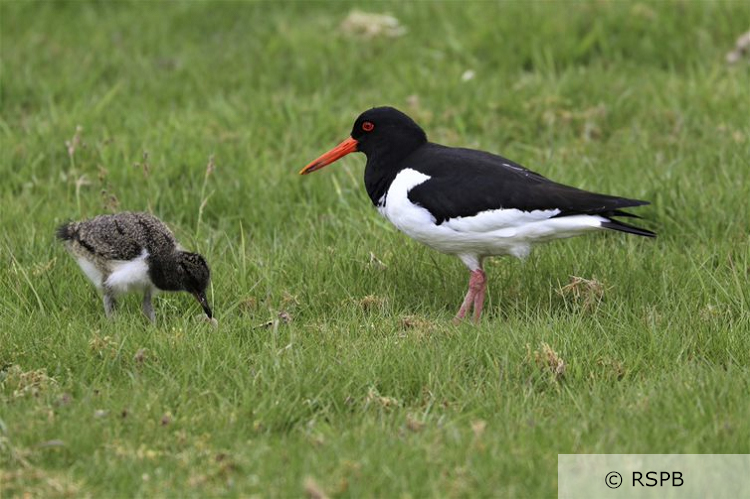
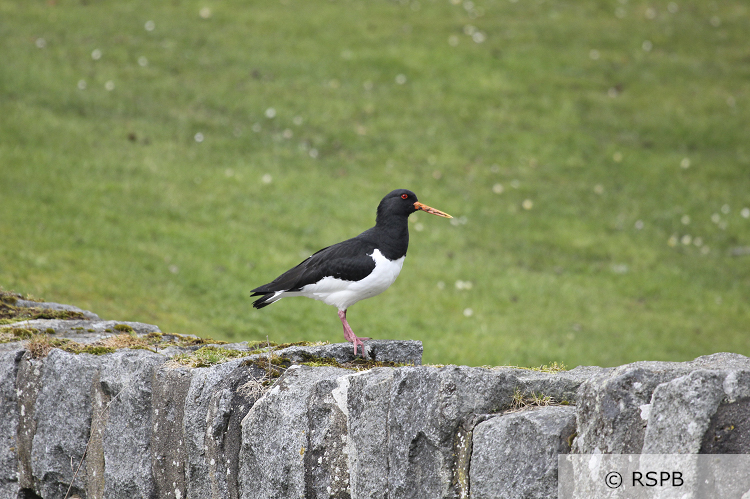
Habitat preferences
- Remain in flocks around rivers, ponds & lochs before moving to breeding areas.
- On farmland in spring & early summer, where they breed & primarily feed on earthworms.
- Nest on grassland or arable fields with short vegetation (ca. 5cm).
- Around the coastline, in winter, where they feed on shellfish, mainly mussels & cockles.
Nesting behaviour
- Present in breeding areas February - July.
- Nest in short vegetation that allows early detection of approaching predators.
- Sometimes nest close to buildings & unusual locations, i.e. flower beds on drystone or on top of fence posts.
- Lay eggs (1 - 4) in April & chicks fledge by end of June
Key considerations
- Crofters/farmers can contribute to the survival of wading birds.
- Unlike other waders, adults can take food to their young rather than requiring the young to move to areas where they can feed themselves.
- Oystercatcher look after their chicks for much longer than other wader parents
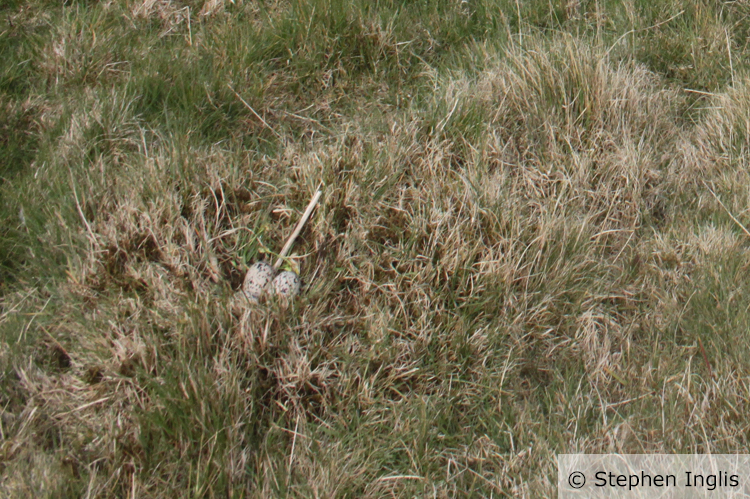
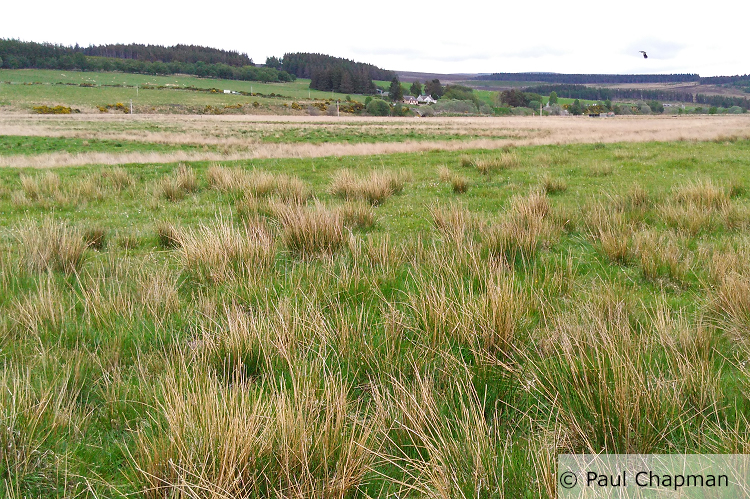
For further information, search for waders at the following sites:
Scan this QR code or click here to link to a recording of the distinctive, flight call of the Oystercatcher.
Download a pdf copy of this Information Note
Practical management options
- Retain or create damp grasslands.
- Create open, shallow pools or scrapes within the pasture to hold water from March –June.
- Manage grazing to create a predominately short (ca. 5 cm) sward in spring, but with some tussocks to cover from predators.
- Rush cutting & control only between 1 August & 1 March.
- Keep the stocking rate <1LU/ha (and preferably lower) between April to mid-June.
- Do not roll or cut grassland between 1 April and 30 June.
- When cutting hay or silage in areas with waders, cut towards the edge of the field so that any chicks can escape from the field.
- On arable land: bare or sparsely-vegetated fallow land can provide an alternative to spring-sown crops for nesting oystercatchers
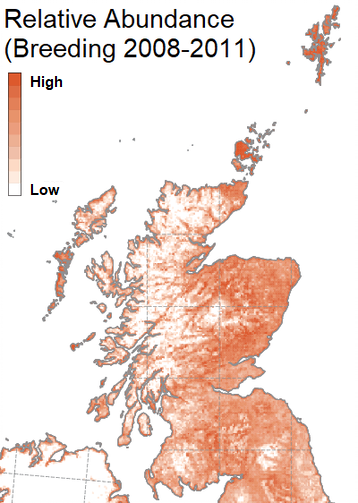
Oystercatcher abundance in Scotland during the breeding season. Map reproduced from Bird Atlas 2007–11, which is a joint project between BTO, BirdWatch Ireland and the Scottish Ornithologists’ Club. Map reproduced with permission from the British Trust for Ornithology.
Sign up to the FAS newsletter
Receive updates on news, events and publications from Scotland’s Farm Advisory Service

